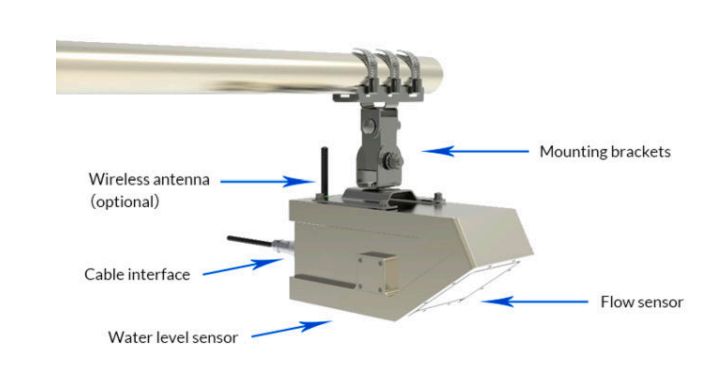Wind speed refers to the distance that the wind flows in unit time; wind force refers to the strength of the wind when it blows on an object. There is no level of wind speed, but only the level of wind, and wind speed is the basis for the classification of wind power. Generally speaking, the higher the wind speed and the higher the wind level, the greater the destructive power of the wind.
Why emphasize the measurement of wind speed and wind power?
Wind and wind speed are important indexes in meteorological research, and they are also the key elements that people pay attention to. It not only has a great impact on people’s daily activities, but also has more important significance for meteorological research, navigation and other work. Therefore, measuring the wind speed and direction in advance is conducive to the smooth development of various activities
What are the methods for measuring wind speed and direction?
According to the measurement principle, we will introduce the following types of methods: traditional measurement, mechanical type, ultrasonic type, and calorimetric type.
traditional wind measurement method
1. Wind direction measurement: use the wind vane
The direction of the wind direction arrow on the wind vane pair indicates which direction the wind is blowing at that time. When there is a certain angle between the wind vane and the direction of the airflow, the airflow produces a pressure on the wind vane tail. Its size is proportional to the projection of the wind vane geometry on the vertical plane of the airflow direction. The wind vane head has a small windward area and the tail windward area is large. The wind pressure generated by this pressure difference makes the wind vane rotate around the vertical axis until the wind vane and the airflow parallel. The wind direction can be easily observed from the relative position of the wind vane and the fixed main bearing indicating rod.
2. Wind speed measurement: use wind meter
There is a rectangular wind pressure plate on the wind gauge, and an arc-shaped frame is installed next to the wind pressure plate, and there are long and short teeth on the frame. The number of long and short teeth raised by the wind pressure plate indicates the wind strength. The greater the wind force, the higher the wind speed grade.
New Wind speed and direction measurement method
1. Mechanical wind measurement
Mechanical wind measurement is like wind meter, and its appearance is like a mechanical watch. It is generally used to measure the wind in wells and lanes. It is necessary to estimate the wind speed first, and then use the wind indicator and stopwatch to reset the wind meter pointer and stopwatch to zero, and then make the wind meter face the wind flow and be perpendicular to the wind flow direction. After the wind meter is idling for 30s, turn on the switches of the wind meter and stopwatch at the same time to start the measurement. . It should be noted that the wind measurement on the same section is not less than 3 times, and the wind measurement process should run smoothly. For example, the wind speed and direction sensor adopts a typical mechanical wind measurement method, which makes better use of wind energy and supports the development of new energy wind power generation technology.

2. Ultrasonic velocimetry
The working principle of ultrasonic wind measurement is to use ultrasonic time difference method to measure wind speed and direction. Because of the speed of sound in the air, it will be superimposed with the speed of the airflow in the wind direction. If the propagation direction of the ultrasonic wave is in the same direction as the wind, its speed will increase; on the contrary, if the propagation direction of the ultrasonic wave is opposite to the wind direction, its speed will be slowed down. Therefore, under fixed detection conditions, the speed of ultrasonic propagation in the air can correspond to the wind speed function. The wind speed and direction can be obtained by calculation.

3. Calorimetric principle measurement method
A typical example of using the calorimetric principle to measure the wind speed is an anemometer. The meter is called a “hotline”. When the fluid flows through the wire in the vertical direction, it will take away part of the heat of the wire, causing the temperature of the wire to drop. According to the theory of forced convection heat exchange, it can be derived that there is a relationship between the heat Q dissipated by the heat line and the velocity v of the fluid. An anemometer is an instrument that can measure low wind speed. It is composed of two parts: a hot ball probe and a measuring instrument. The probe has a glass ball with a nickel-chromium wire loop and two thermocouples wound inside the ball. The cold junction of the thermocouple is attached to a phosphor bronze strut and is directly exposed to the airflow. When a certain amount of current passes through the heating ring, the temperature of the glass ball increases. The degree of increase is related to the wind speed, and the degree of increase is large when the wind speed is small; otherwise, the degree of increase is small. The magnitude of the rise is indicated on the meter by a thermocouple. According to the reading of the electric meter, check the calibration curve to find out the wind speed at that time.




